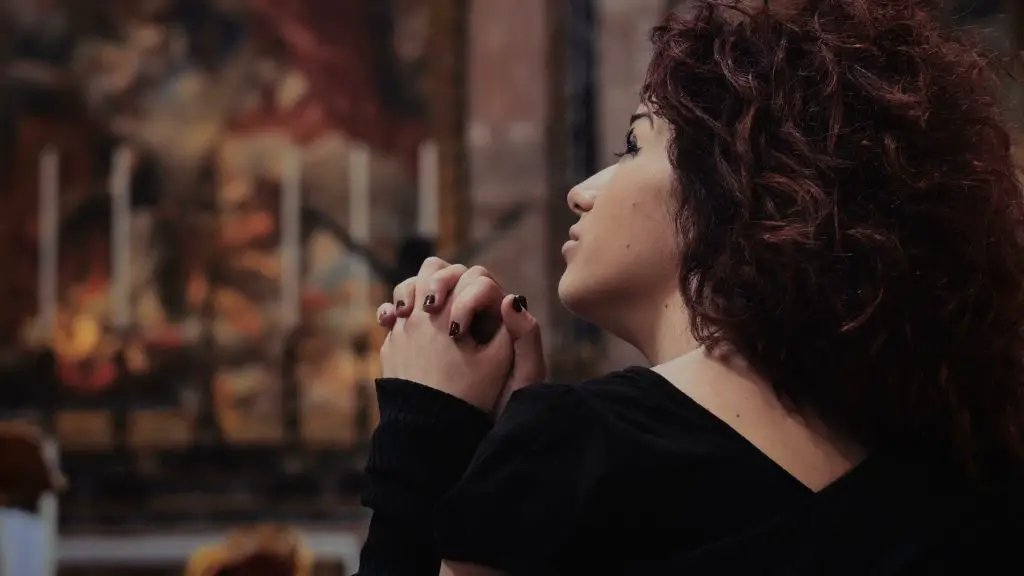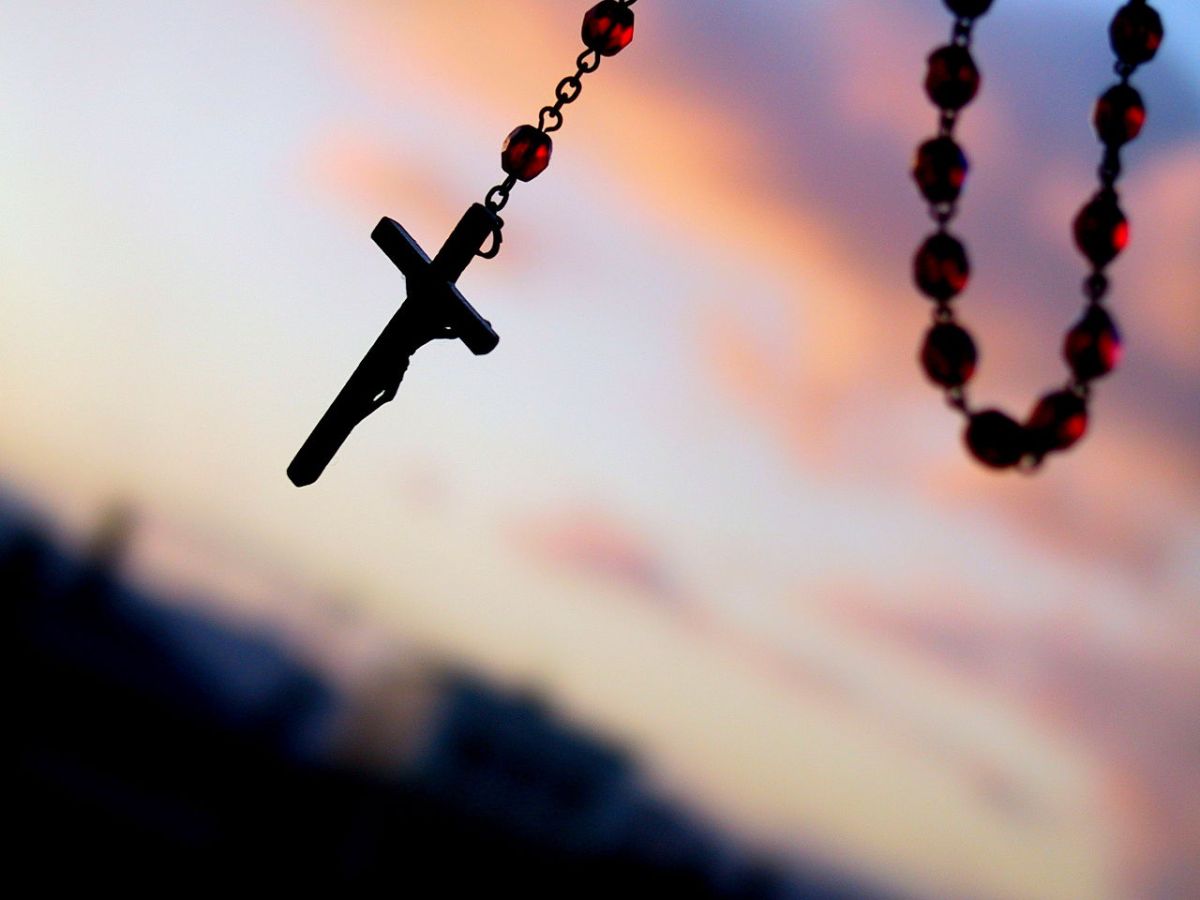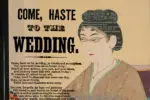My parents created a single view on the world for me through a Catholic lens. It was a narrow peephole that included Mass every Sunday, confession before Easter and Christmas, and don’t get me started on the fact that every time I asked my parents for help the answer was “go pray.”
As a child, this lens was clear, full of nightly prayers and Vacation Bible School. When I grew out of my training bra, I began to question Catholic teachings because the narrow lens didn’t seem fair to women. My perspective widened and feminism had all the answers.
The first frustration began when I discovered womanhood in the church boils down to being a wife or nun. To complete the seven sacraments and live fully Catholic, you must get married or work for the church. What if you don’t want to do either but still want to be a devout Catholic?
This causes single, gay and working women to feel like outsiders to their church. Women feel singled out by the church for being themselves and embracing a modern lifestyle. It seems unfair for women to be stuck in time and sacrifice who they want to be for the sake of outdated traditions. Or if you become a nun, you cannot rise to levels of power as men do in the church.
Women cannot be priests, bishops or cardinals. No, women can only aspire to be Mother Teresa and work tirelessly in the slums as a mother figure to the poor and needy. Meanwhile, men wear expensive white garments and heavily influence the Catholic population. As a result of men being in power in the church, updating women’s roles is irrelevant without women in power to represent the issue.

Essentially, the church is a boy’s club, but unlike politics there is no slow progress including women. Men are in charge, and without a woman’s perspective, they are incapable of realizing the misogyny within the church. The options for women in the church are few and serve as clear evidence of misogyny.
Catholic women are pressured to see motherhood as a rite of passage. The Virgin Mary best exemplifies this manifestation by being a virgin who birthed the son of God. She is evidence of the weight the church puts on motherhood. Again, there is an unescapable pressure for women to become mothers, which excludes gay Catholics, infertile women and career women.
Children mean a lot of different things, but for a woman they are always restrictive (blessings can still be restrictive). Historically, motherhood has been a women’s single role but now there are career women with fast paced lives. Women should be encouraged to embrace their talents and passions before having a child and shouldn’t be shamed for doing so. The church puts a high place on mothers (can’t blame ‘em, it’s tough being a mom!), but they need to consider that not all women want to be mothers, wives or nuns.
In addition, married couples are encouraged to have large families. In Jesus’ times, several children were relevant for subsistence living, but it has now become a financial burden to Catholics following outdated teachings to “embrace life.” Nowadays, to embrace life and having a few expensive pets will cost you approximately a quarter of a million dollars per kid. Yes, a child is more than a dollar sign, but realistically the church doesn’t account for the financial consequences of embracing life.
Indeed, fertility is a blessing, but selective fertility is being responsible and allowing room to map out a child’s success. Being pro-life is not about being prolific, but being able to provide the most concentrated energy into each life, such as providing the best academic and health opportunities.
Speaking of best health opportunities, abstinence is another outdated example of church teachings ruining modern generations. Corpus Christie, Texas exemplifies this best because the population of pregnant teenagers contributes to being a part of the highest in the nation. Of course, there are several factors to consider, but one is the majority of these young girls are Hispanic and Catholic. Hispanic Catholic households value traditions such as abstinence and often fall to ignorance on how to have a healthy sexual relationship.
The show “Jane The Virgin” best captures this Catholic culture within Hispanic families. Her strict Catholic Abuela teaches Jane Villanueva, the lead character, that her virginity is like a flower. Abuela makes Jane crush the flower, then Abuela tells her to make it perfect again, and when Jane can’t reshape it, Abuela tells her that after you lose your virginity you can’t be perfect again.

Jane’s mother had Jane at sixteen because Abuela’s flower scare tactic failed. The crushed flower image stays with Jane throughout her life and later struggles to be affectionate with her own fiancé. She waits until marriage and struggles to be confident in bed with her new husband. (SPOILER) When Jane is single again, she is handicapped to have a healthy sexual relationship and later admits her Abuela’s teachings greatly skewed the realities of sex.
It isn’t just Hispanic culture, but Catholic culture chooses to shame sex rather than be liberated with education and options. A culture that shames sex leads to ignorance and mistakes are a result. As I mentioned before, the Catholic lens is narrow and the consequence of maintaining this singular lens can lead to larger issues such as an unplanned pregnancy.
To be fair, the current Catholic Pope, Pope Francis, is turning heads by taking steps to modernize the church. Pope Francis has chosen to take a new approach on divorce, abortion, contraception and gay marriage thus making the church more inclusive despite traditionalist backlash. The appropriate alternative, for me, is full on feminism.
The lens of feminism allows you to clearly see that sex can be empowering when you’re given the knowledge to take control of your body and assert it how you see fit. “Your body, your choice” is much more than a chant at pro-choice rallies; it disregards all the decisions made for women’s bodies throughout history. Catholic history is what has trapped women. Historically, the Catholic lens puts modern women in these stagnant traditional roles under pressure of the church. On the converse, feminism is a broad and all around inclusive lens allowing women to write their own history.

















